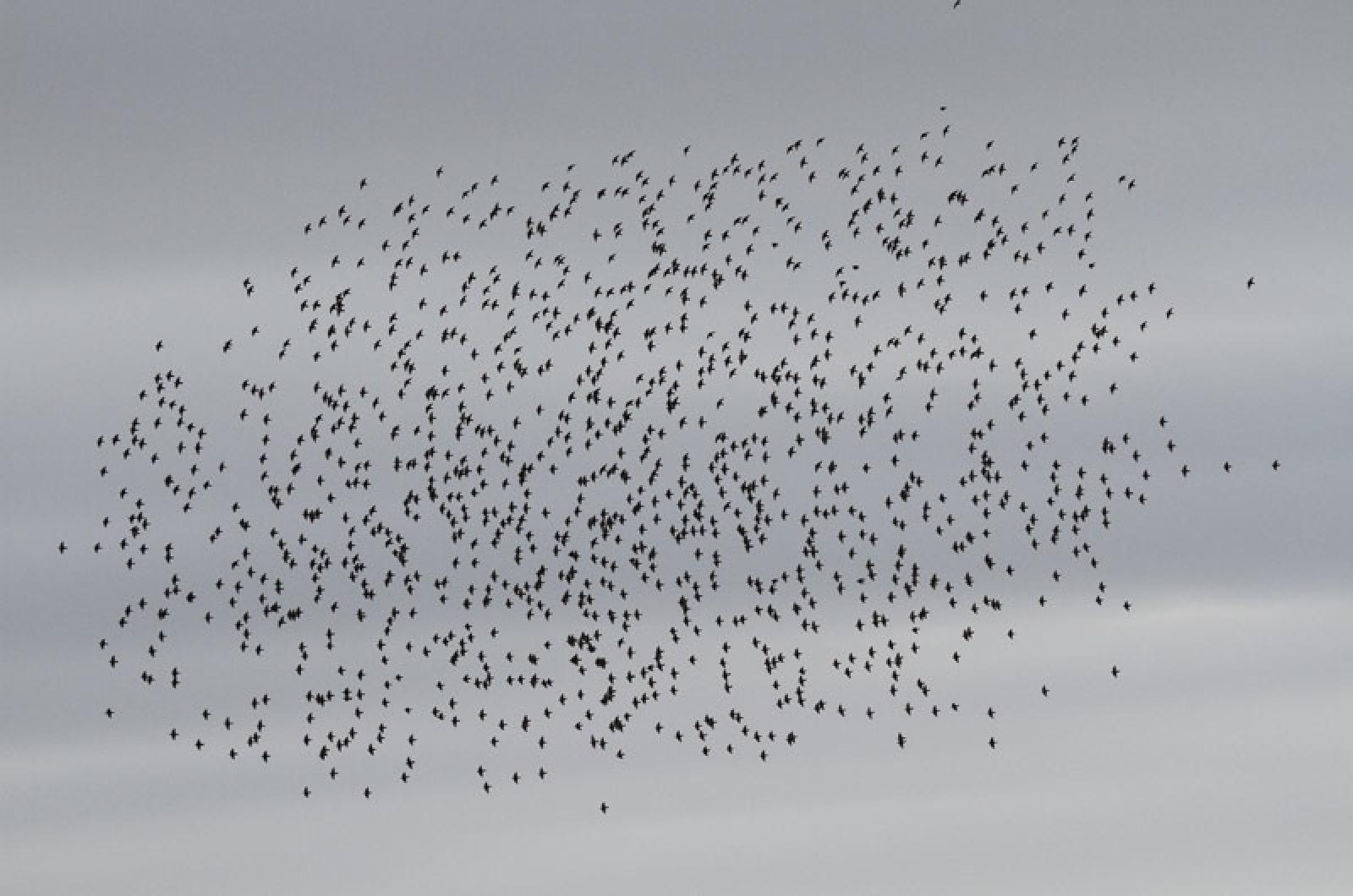There is power in numbers.
That was clear last Saturday when millions took to the streets to make a statement. Gathering together for self-preservation is not a distinctly human trait, since many other animals use this strategy for strength and survival.
This technique is called collective animal behavior and can be defined as the coordinated interaction of individual animals in groups. Insects swarm, land mammals herd, fish school, and birds flock — all examples of collective animal behavior.
Schooling fish, also called shoaling fish, are together for social reasons. Half of all fish exhibit this behavior during part of their lives. Shoaling dilutes the chance of capture, enhances foraging success, ensures access to mates and increases hydrodynamic efficiency. But fish can be picky about their shoal mates. They tend to choose fish of the same species, size, and health, and prefer to hang around with their kin.
Birds of a feather often flock together. Described as flocking, the collective movements of individuals operating as a group provide many benefits. Birds, including blackbirds, starlings, crows and shorebirds, among others, gain advantage both collectively and individually.
Flocking improves birds’ chances of survival against predation, since a large group is stronger and better protected, plus there are more eyes to see dangerous conditions and other concerns. Birds flying in a flock will also use less energy, thus reducing fatigue by working together. The best time to see flocking is during migration or in winter when birds are foraging and roosting together.
If you have seen waves of birds flying together, it is hard not to be impressed. Studies of flocking have shown that there are rules that govern the movements of individual birds and explain how they do it. Separation, alignment and cohesion are the basic principles for flocking success.
The first principal, separation, explains that birds must steer themselves in such a way as to avoid crowding or bumping into their fellow fliers. Alignment suggests that birds try to match the heading, or direction, of their cohorts. And cohesion requires that birds steer toward the average position of their neighbors to maintain the flock.
Within the flocks, individuals have roles, and sometimes situations occur that make adjustments necessary. Leaders tend to be larger, stronger birds, but this position will rotate as leaders get fatigued and others replace them. This changeover of leadership will often occur when the flock switches direction.
Behind the leaders, members of the flock rely on each other to make their flying easier. Birds benefit from their cohorts both ahead of and behind them. Birds ahead provide updraft, and those behind give advantage from the lift of their wings. If a bird falls out of formation, the sudden change in wind resistance will serve as a signal to get back with the group. Sick birds are not left behind either — as they drop out of formation, another bird follows suit and stays with the injured bird until it recovers or dies. And some birds will honk or call out to encourage each other.
Collective action to support each other works for humans as well as birds, as the folks at the Women’s Marches clearly understood. The movement of a flock of birds in tune with each other mirrored the feelings at the marches. Men, women and children created a powerful coalition that encourages reliance on each other to succeed. Actress Phylicia Rashad believed this about these types of gatherings: “When women come together with a collective intention, magic happens.”
Suzan Bellincampi is director of the Felix Neck Wildlife Sanctuary in Edgartown, and author of Martha’s Vineyard: A Field Guide to Island Nature.




Comments
Comment policy »